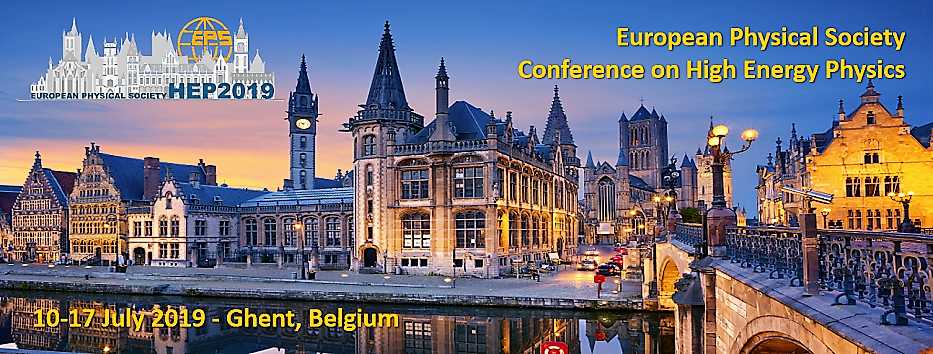Speaker
Description
The CMS and ATLAS detectors will face challenging conditions after the upgrade of the LHC to the High Luminosity LHC. In particular, the granularity of the pixel detectors should increase to mitigate the effect of pile-up. Two possible sensor geometries are being investigated, 50x50 um2 and 25x100 um2, to handle these conditions. One of the main factors in choosing the pixel geometry is cross-talk, defined as the ratio of charge induced on neighboring pixels relative to the total charge. This charge induction will affect the data rates, position resolution, and track reconstruction efficiencies, and therefore should be investigated carefully. The effect of cross-talk is expected to depend on the chosen pixel geometry, threshold of the signal, and readout front-end. The readout chip in this study is RD53A, developed by the RD53 Collaboration, which is a prototype investigated by both CMS and ATLAS collaborations implementing three different analog front-end designs. Cross-talk effects are larger for the 25x100 um2 geometry, given the larger sensor capacitance. They have been studied both in the lab, through direct charge injection, and also at DESY test beam facility, by charge deposition of 5.6 GeV electrons in 150-um thick silicon pixels. The effect of front-end, threshold, and impinging position of electrons on the cross-talk will be presented.
